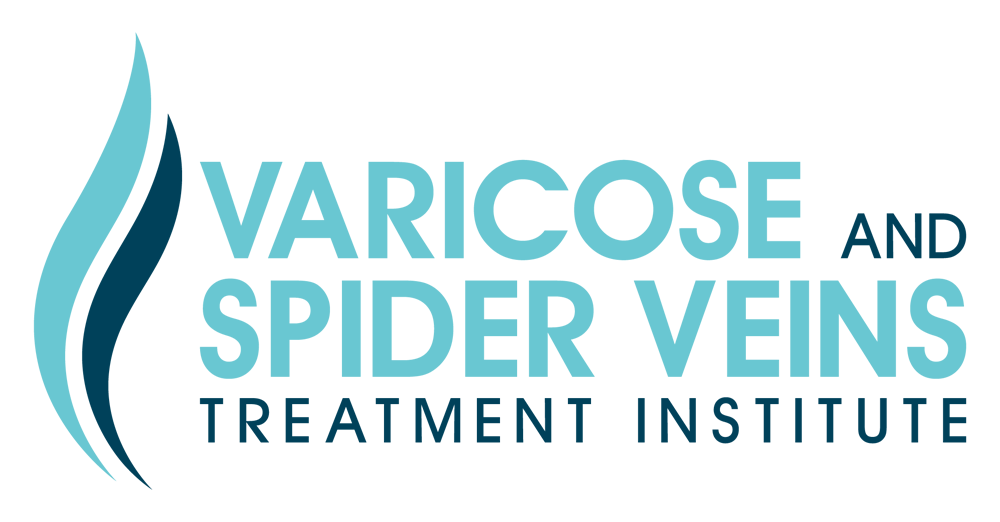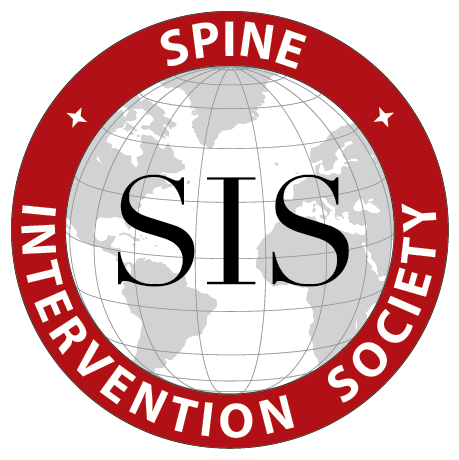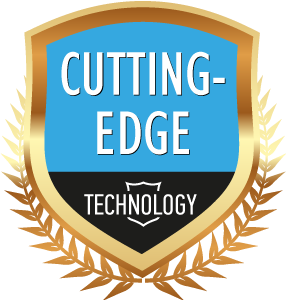Varithena™
What is Varithena?
Varithena™ is a form of sclerotherapy that uses a specially designed injectable foam to treat varicose veins. The foam irritates the vein, causing it to swell and lose blood flow. Varithena is a minimally invasive treatment that offers a safe and effective alternative to more intensive surgical procedures.
Varithena not only improves the appearance of varicose veins but can also address the uncomfortable symptoms associated with venous insufficiency. If you are experiencing leg pain, heaviness, or swelling, you are an ideal candidate for Varithena treatment.
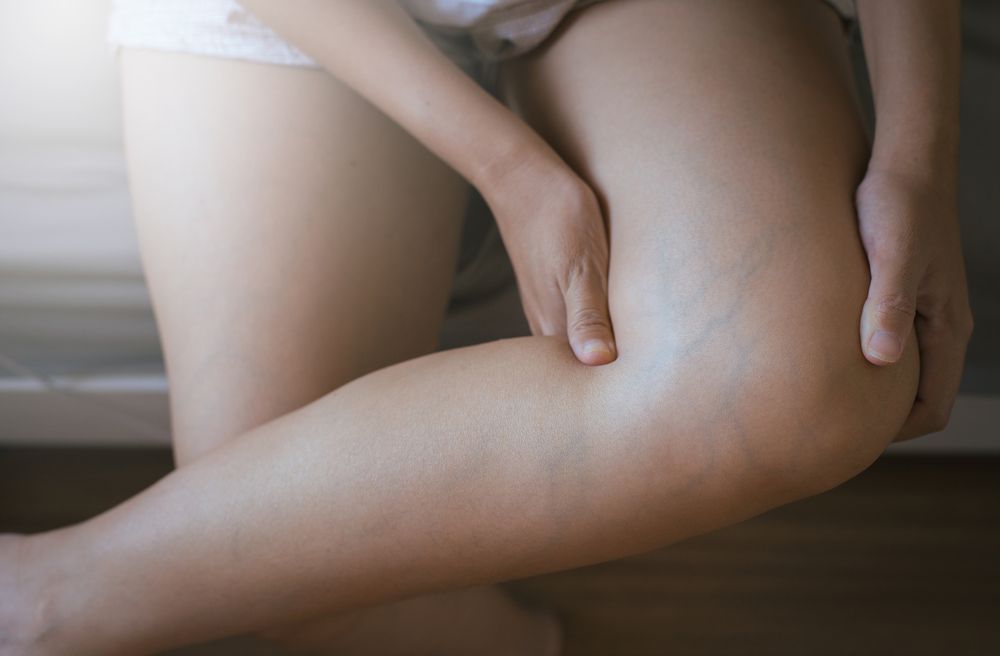
Why Choose a Minimally Invasive Treatment?
Minimally invasive treatments are often the first choice for treating varicose veins and spider veins. At Varicose and Spider Veins Treatment Institute, we offer several options to improve your vein health. Whether you want to improve the appearance of your legs or treat leg swelling or pain, we are here to help. Our board-certified vein specialists are the best vein specialists in New Jersey, trained in cutting-edge varicose vein and spider vein treatments.
There are several benefits to Varithena, including:
- Quick recovery period with little downtime
- No heat or lasers are needed, reducing the risk of burns
- Minimal side effects reported in clinical studies
- The foam dissolves in your bloodstream after treatment, unlike the glue used in the VenaSeal procedure
- Treatments typically involve only one to two needlesticks
How Does Varithena Work?
Varithena is a type of sclerotherapy, which involves using a long, thin tube known as a catheter to deliver a salt or chemical solution (known as a sclerosing agent) into a diseased vein. Vein specialists typically use sotradecol and polidocanol to treat spider veins and small varicose veins. However, they are not strong enough to treat more prominent varicose veins that branch off of the great saphenous vein (GSV). This vein runs up the back of your legs from your foot to the top of your thigh.
Doctors and researchers then developed Varithena, which uses a polidocanol endovenous microfoam (PEM). This foam is given at a higher concentration, which damages the inner lining of the vein. The damage triggers platelets in your blood to stick to the vein wall, creating a blockage. Over time, the blockage prevents any oxygen and nutrients from reaching the vein, and your blood supply is rerouted to nearby healthy veins. Your body will eventually cover the treated vein with scar tissue, improving its appearance.
The U.S. Food and Drug Administration (FDA) approved Varithena in 2013 for treating damaged GSVs and smaller varicose veins above and below the knee. It is currently the only FDA-approved chemical foam for treating venous disease.
Varithena should not be used in people who:
- Are pregnant or have recently been pregnant
- Are bedridden or have mobility issues
- Have a history of blood clots in the legs (deep vein thrombosis) or lungs (pulmonary embolism)
- Have recently had surgery and/or a long hospital stay
- Have a blood vessel disease, such as peripheral artery disease
- Are allergic to polidocanol
Varithena Is a Safe and Effective Treatment with Lasting Results
Several clinical studies show that Varithena is safe and effective for treating varicose veins. Compared to a placebo (or a “fake” foam solution), Varithena improved varicose vein symptoms — such as swelling, throbbing, achiness, and heaviness — by 63 percent. It also significantly improved the appearance of varicose veins after eight weeks.
Vein specialists have also reported in case studies that Varithena is as safe and effective as other minimally invasive techniques such as endovenous laser ablation. A 2018 study also showed that 94.4 percent of patients had complete success with Varithena in treating their venous reflux (blood flowing backward in damaged veins).
The Day of Your Appointment
On the day of your appointment, do not shave your legs or apply any creams or lotions. Be sure to wear loose, comfortable clothing or bring a pair of shorts to wear during the procedure. Plan on arriving at least 15 minutes early at your vein specialist’s office to complete any other paperwork.
After you are brought to the procedure room, your vein specialist will explain the Varithena procedure to you and answer any questions you may have. They will then use ultrasound to examine your legs and determine the best plan for treatment. The ultrasound creates images of your leg veins, helping your vein specialist map the location of the diseased veins.
Your vein specialist will then elevate your leg at a 45-degree angle and cleanse the insertion site with alcohol. They will use the Varithena device to generate the microfoam, which is delivered by a catheter or direct injection into the diseased vein. The method chosen depends on the size and location of the vein.
When using a catheter, your vein specialist will create a very small opening in your leg and insert the catheter. Using a syringe, they will inject the foam solution into your vein, then gently remove the catheter. For direct injections, your vein specialist will use a thin needle to administer the foam directly into your vein. Most Varithena procedures take 30 minutes or less.
Side Effects of Varithena
In clinical studies, only 4 percent of patients who received Varithena reported pain as a side effect. Other common side effects include:
- Leg discomfort
- Pain or bruising at the injection site
- In rare cases, blood clots
These side effects tend to resolve on their own shortly after treatment.
If you begin to notice new swelling or pain in one leg, or if you have chest pain, dizziness, or shortness of breath, call your doctor right away. You may have developed a blood clot in your leg or lungs, which can lead to serious health complications if left untreated.
After-Treatment Care
Once treatment is complete, your vein specialist will place a bandage over the insertion/injection site. Try to keep your bandage clean and dry for at least 48 hours. You will also be given compression stockings to wear home. These socks are specially designed to apply pressure at your feet and ankles, encouraging blood flow in your lower legs. You should continue to wear these for at least two weeks continuously, taking them off only to shower.
You can resume most of your normal activities on the same day as your Varithena treatment. Your vein specialist will encourage you to walk for at least 10 minutes every day and to avoid sitting or standing for long periods of time. If you experience any swelling after the procedure, you can also elevate your feet and legs above your heart while sitting or laying down.
Your vein specialist will also recommend that you avoid lifting heavy objects and strenuous exercise for at least one week after treatment. Exerting yourself too much puts extra pressure on the blood vessels in your legs, which can affect the healing process. Try choosing low-impact exercises like walking, stretching, or yoga.
Frequently Asked Questions (FAQ)

DR. AMIT POONIA M.D.
Your New Jersey Vein Specialist
Dr. Poonia is double board-certified in interventional pain management and anesthesiology.
Dr. Poonia’s philosophy is based on teamwork, cooperation, and collaboration among his patients’ treatment teams. He believes that healthcare providers work
best when they work together to accurately diagnose a patient’s problem, find effective treatments, and provide maximum rehabilitation and quality of life improvements.
Dr. Poonia customizes his treatment plans based on each patient’s unique characteristics. He employs the latest minimally-invasive technologies to enhance comfort during treatment and to speed recovery.
References
- Deak ST. Retrograde administration of ultrasound-guided endovenous microfoam chemical ablation for the treatment of superficial venous insufficiency. J Vasc Surg Venous Lymphat Disord. 2018;6(4):477-484. doi:10.1016/j.jvsv.2018.03.015.
- Deak ST. Treatment of superficial venous insufficiency in a large patient cohort with retrograde administration of ultrasound-guided polidocanol endovenous microfoam versus endovenous laser ablation. J Vasc Surg Venous Lymphat Disord. 2022;10(5):999-1006.e2. doi:10.1016/j.jvsv.2021.11.007.
- King JT, O’Byrne M, Vasquez M, et al. Treatment of truncal incompetence and varicose veins with a single administration of a new polidocanol endovenous microfoam preparation improves symptoms and appearance. Eur J Vasc Endovasc Surg. 2015;50(6):784-793. doi:10.1016/j.ejvs.2015.06.111.
- Todd KL III, Wright DI. The VANISH-2 study: A randomized, blinded, multicenter study to evaluate the efficacy and safety of polidocanol endovenous microfoam 0.5% and 1.0% compared with placebo for the treatment of saphenofemoral junction incompetence. Phlebology. 2014;29(9):608-618. doi:10.1177/0268355513497709.
